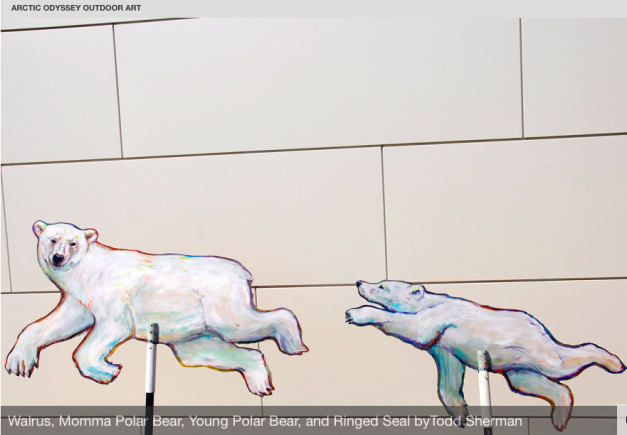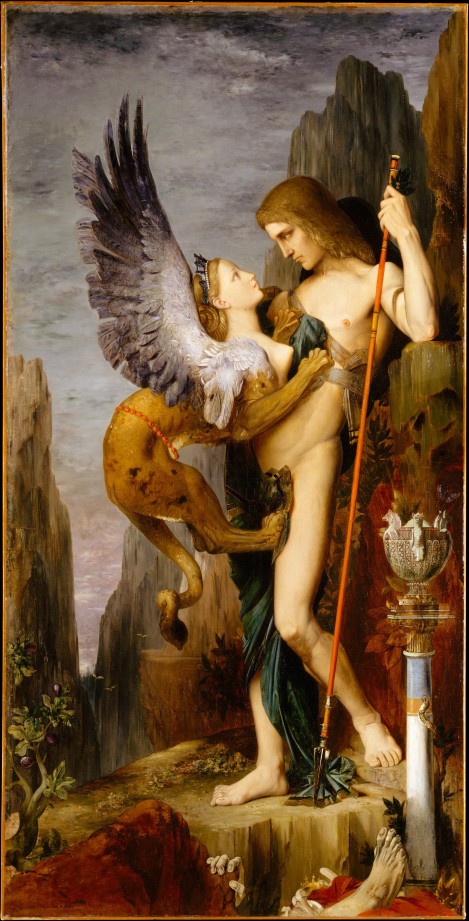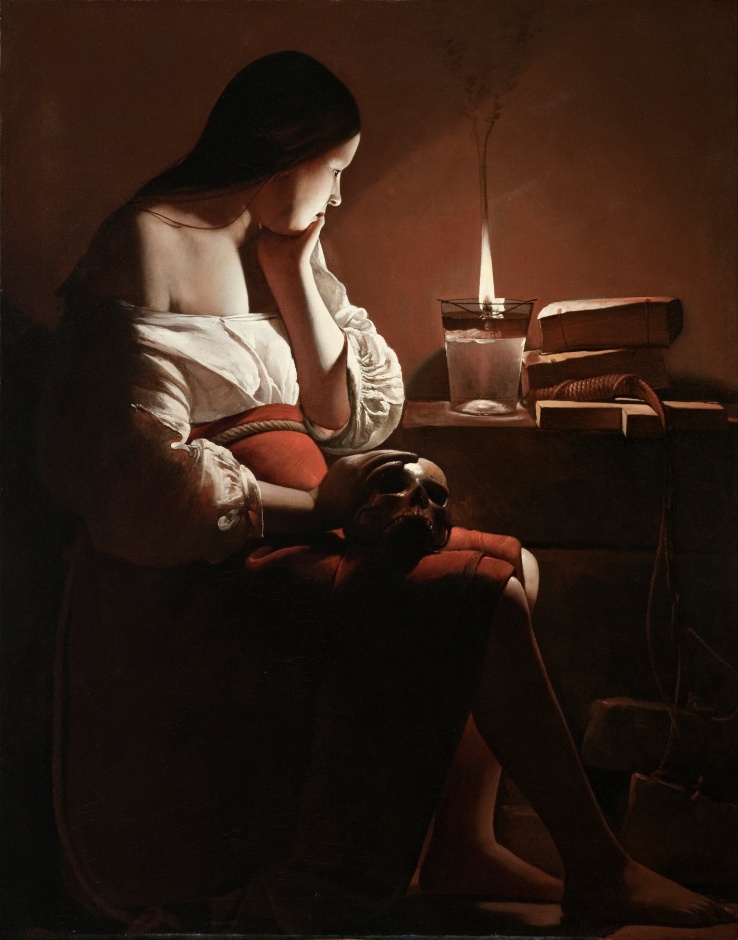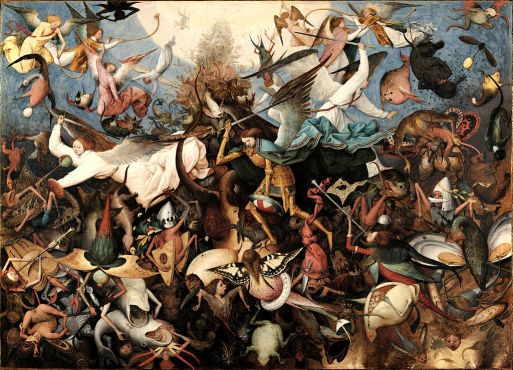A Stroll in Columbia
Mystery combined with breathtaking brilliance, the graffiti scene Columbia is one that should not go unnoticed.
(And hasn’t!, there are even tours! http://bogotagraffiti.com/about)
Bogota, Columbia
Unknown
Rodez, Bogota, Columbia
Unknown Date
Unknown
Unknown Artist or Date
Bogota, Columbia
Unknown
Rodez, Bogota Columbia
Unknown Date
Even artists that have very well known pieces such as Rodez have little media exposure in correlation with their work, so many pieces of street art may never be correlated with their true artists before they fade or are demolished.
Cartagena, Columbia
Unknown
Dexz, Cartagena, Columbia
Unknown Date
Unknown
Fin DAC, Cartagena, Columbia
Unknown Date
Fin DAC is a popular artist from London that has painting since 2007, many of his works feature black and white portraits with explosive bouts of color. (Catch up on his stuff on his Facebook, https://www.facebook.com/pages/finbarr-dac/102099492162?sk=timeline)
Maria Mulata
Yurika, Cartagena, Columbia
2013
Yurika on the other hand has a very large portfolio of which all feature very quick lines of colors and sparks across geometric explosions and many dripping portraits. He has been painting for 12 years and has been commissioned for many public art murals. His work can be found at http://yurikauno.tumblr.com
Cuidada Mural
Pez, Cartagena, Columbia
2013
Pez is another famous Cartagena artist that has been painting since 1999 and chose his title El Pez, which in spanish means fish, a prominent theme of his art. More of his collection can be found here http://www.el-pez.com/art/. I enjoy his creative use of his fishy symbol, many of his bold line work reminds me of Keith Haring and his dancing people or the collections of barking dogs.
“A little while ago, we were painting in the morning in front of the Escuela Militar, and four policemen stopped by. They asked us, ‘Have you had any coffee yet this morning?’”
-Assi-One
[italian graffiti artist talking about working in Bogota and the
permissive nature of police towards grafitti]
The acceptance of graffiti as a public art form definitely changes the way that it has grown in other countries. Suffering oppressive action in the United States, which classifies it as a crime instead of a violation , which in Bogota does not allow for detainment of the artist. This freedom allows graffiti artists to work with more stable paints and focus more time on their expression and execution of these murals.
Columbian art features many very bright bold colors and a feeling of excitation and celebration of life similar to the many festivals present in the culture. Many works feature faces or animals, transformed with expansive uses of color. I enjoyed all of the Columbian works, especially the Maria Mulata piece that features explosive bouts of color out of a very large depiction of a bird on the wall, the sheer size of this elates me alongside the capability of this art piece (like all street art) to intersperse with peoples daily lives.
Brody, Daniel. “Bogota’s graffiti scene get international attention”Columbia Reports. 2010. http://colombiareports.com/bogotas-graffiti-scene-attracts-international-interest/
Laura. “Bogota’s Street Art “Lauralovesit.wordpress. 2011. https://lauralovesit.wordpress.com/2011/11/12/bogotas-street-art/
Zara. “#StreetArt : Graffiti Around The World”. Backpackme. 2014. http://bkpk.me/streetart-graffiti-around-the-world/
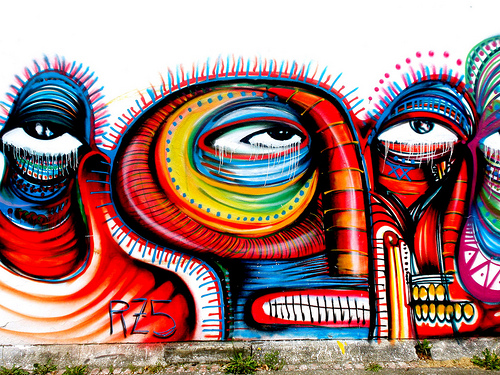
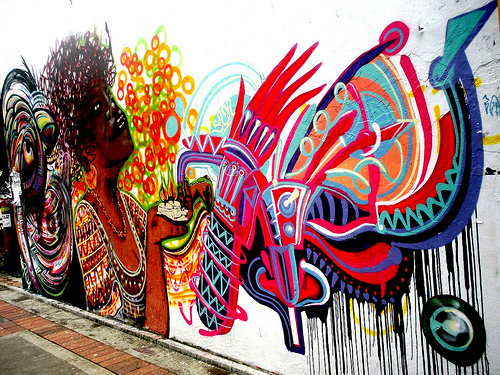
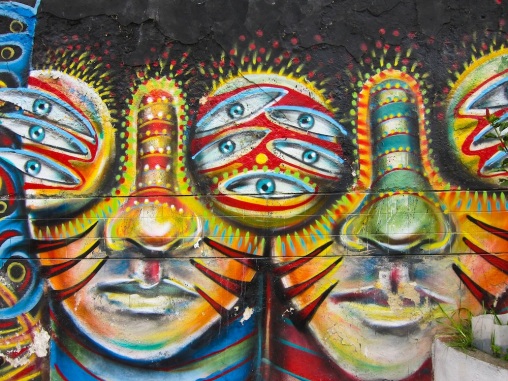
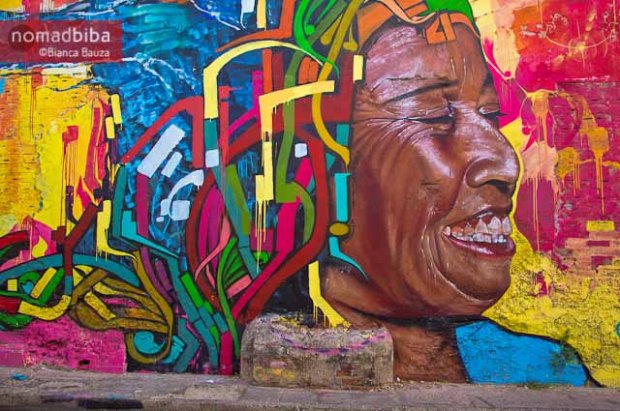
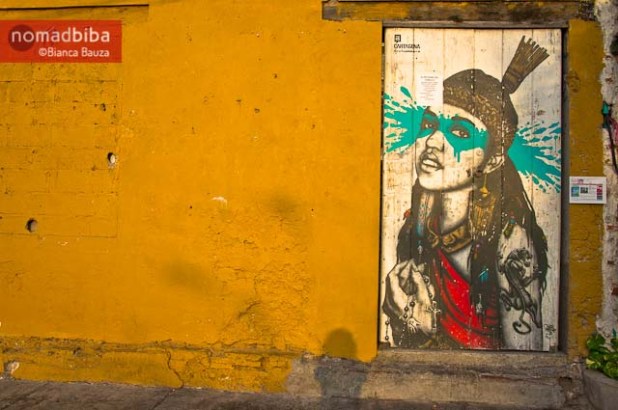
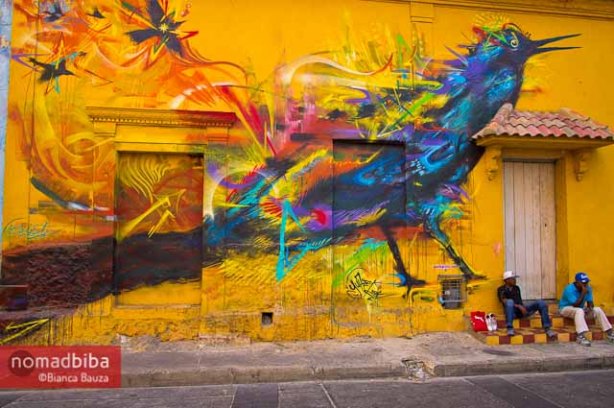
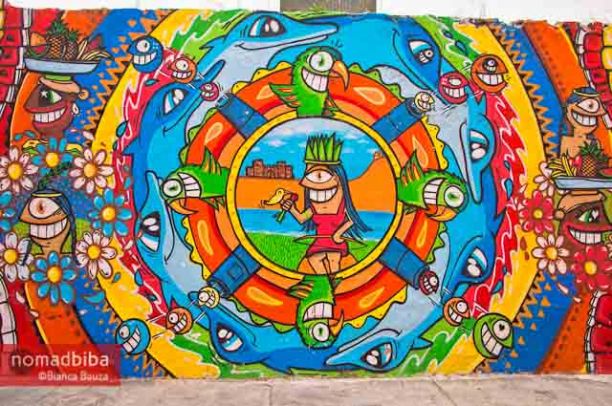
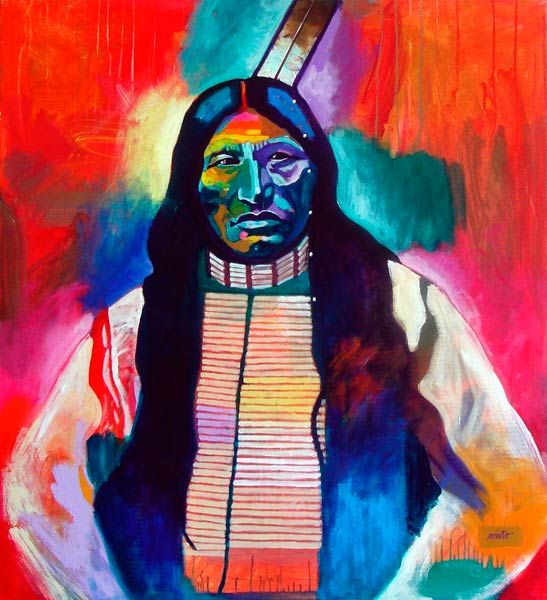
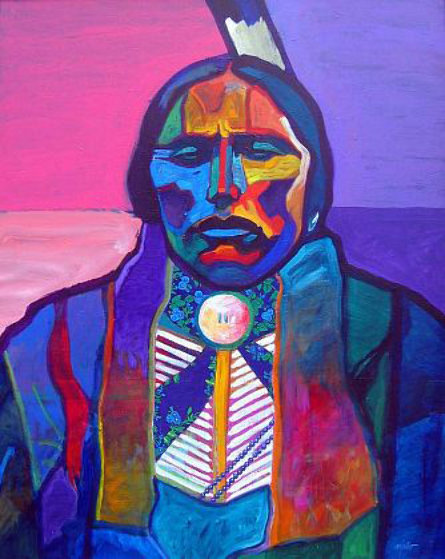 Quanah Parker 2008
Quanah Parker 2008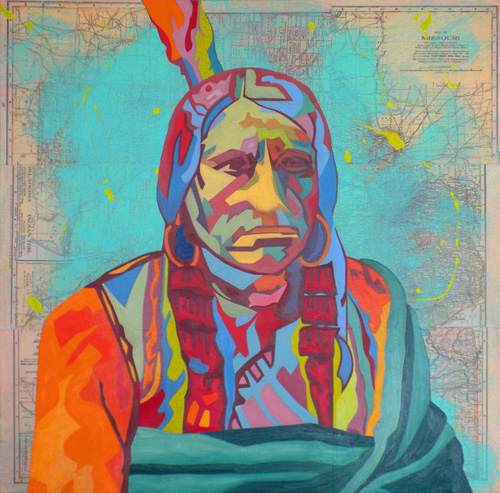
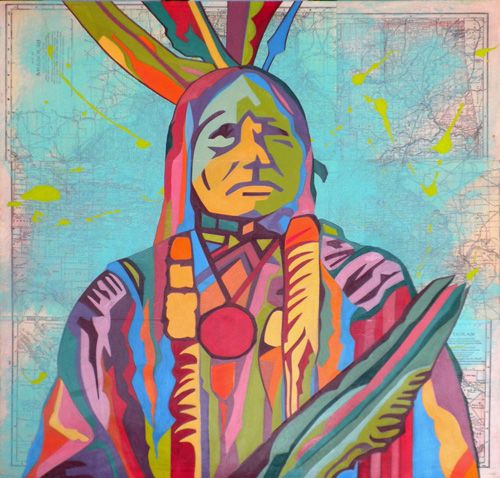
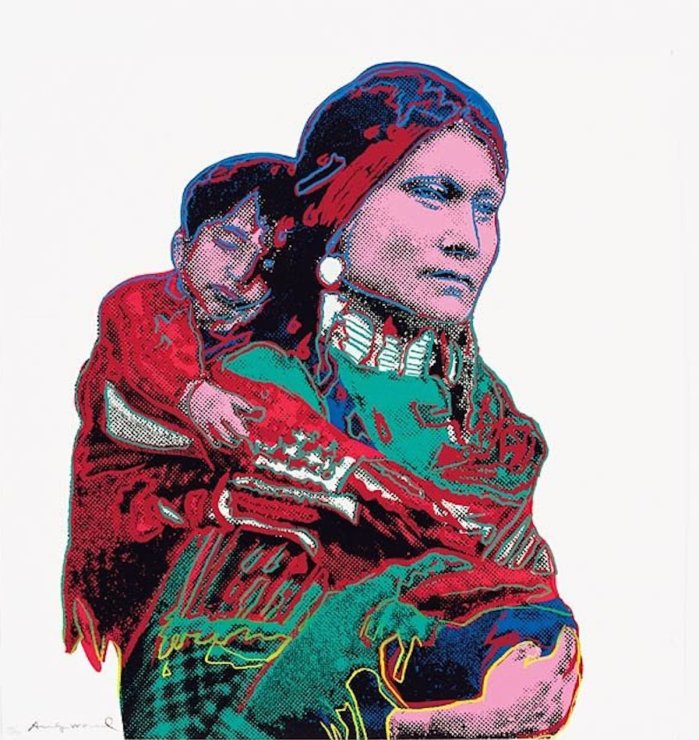
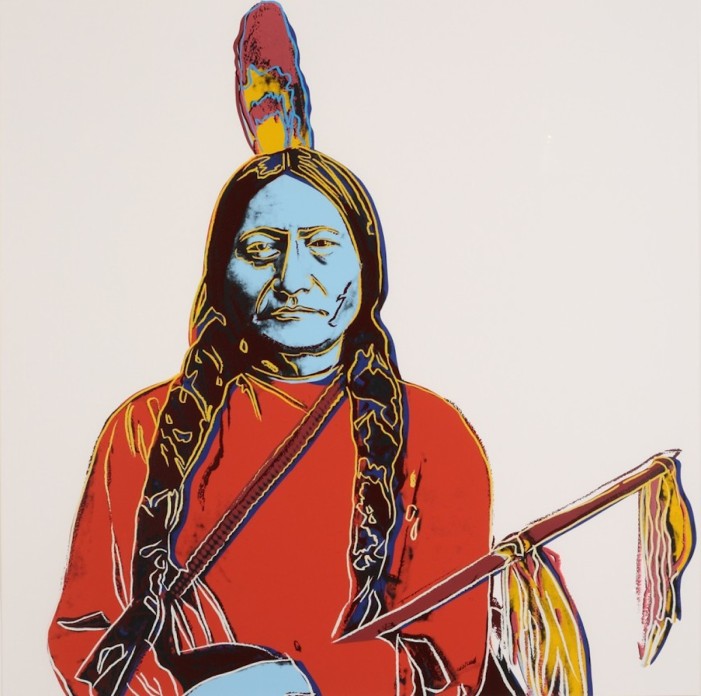
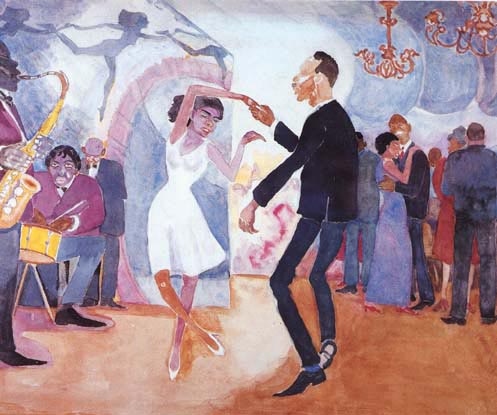
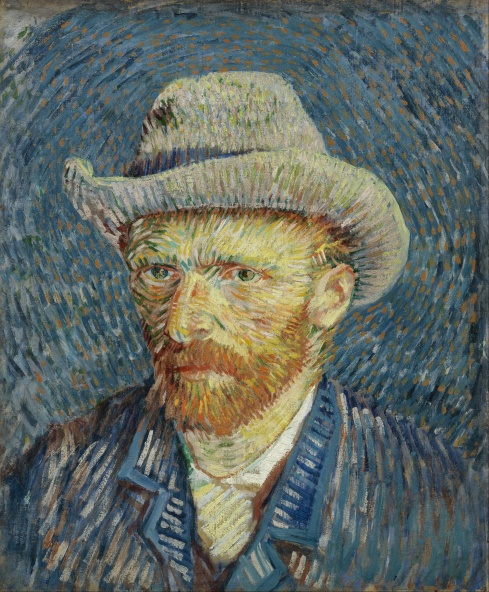
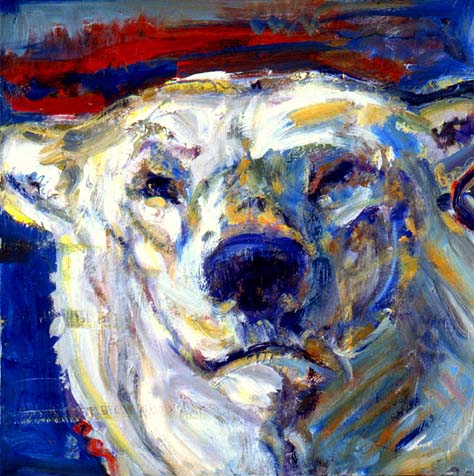 Someone
Someone 